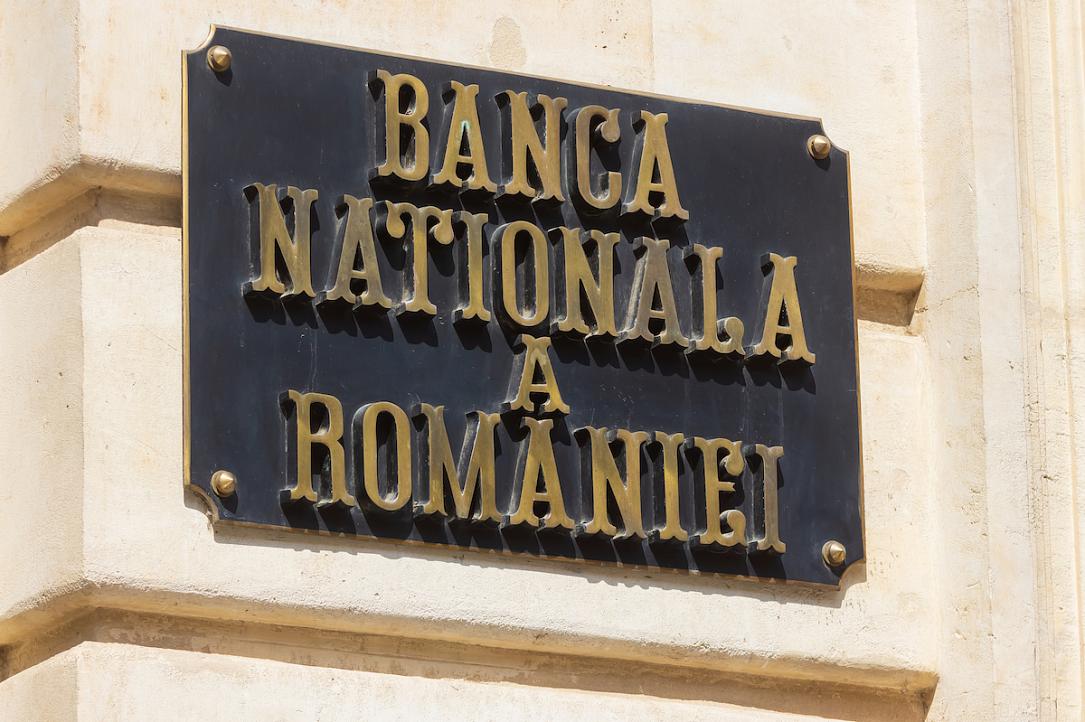Romania’s central bank returns to market in March-April to provide liquidity

The National Bank of Romania (BNR) returned to buy government securities on the secondary market in March and April this year (May data not available yet), after a 6-month break. The magnitude of the intervention was small, RON 247.4 mln (EUR 50 mln) in the two months - far from the RON 5.28 bln (EUR 1.05 bln) in April-August, Hotnews.ro reported.
The strong economic recovery may have eased the public financing pressures, and the banks showed robust aggregate liquidity position - but the rising inflation expectations and liquidity problems concentrated in some segments of the banking market (small-sized banks) may make such interventions necessary this year as well.
The International Monetary Fund (IMF) recommended “extending monetary accommodation beyond this year [...], as long as consistent with the inflation target.”
On the other hand, the head of the CFA Association, Adrian Codirlasu (citing rising inflation), implied expectations for a rate hike this year - a scenario not considered as likely by the CFA members until recently. Robust GDP growth is also supporting such expectations.
In March 2020, in response to the pandemic, BNR announced that it had decided to “buy government bonds from the secondary market to strengthen the structural liquidity of the banking system to help finance the real economy and public sector." The intervention was needed “to secure liquidity strictly related to the need for financing and to lower interest rates sustainably, consistent with the constraint of preventing the excessive volatility of the exchange rate and the unnecessary depreciation of the national currency.”
iulian@romania-insider.com
(Photo source: Lcva/Dreamstime.com)













